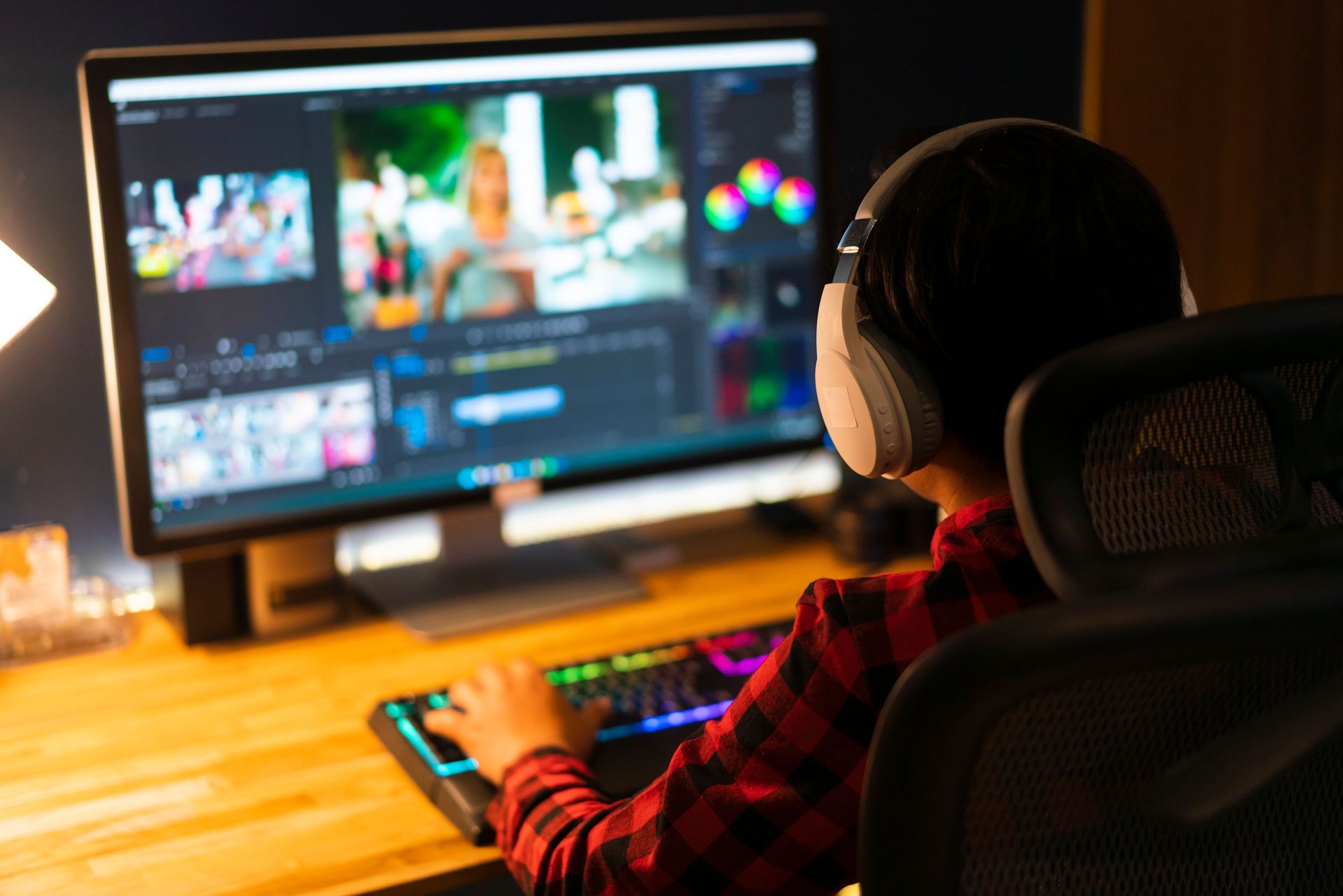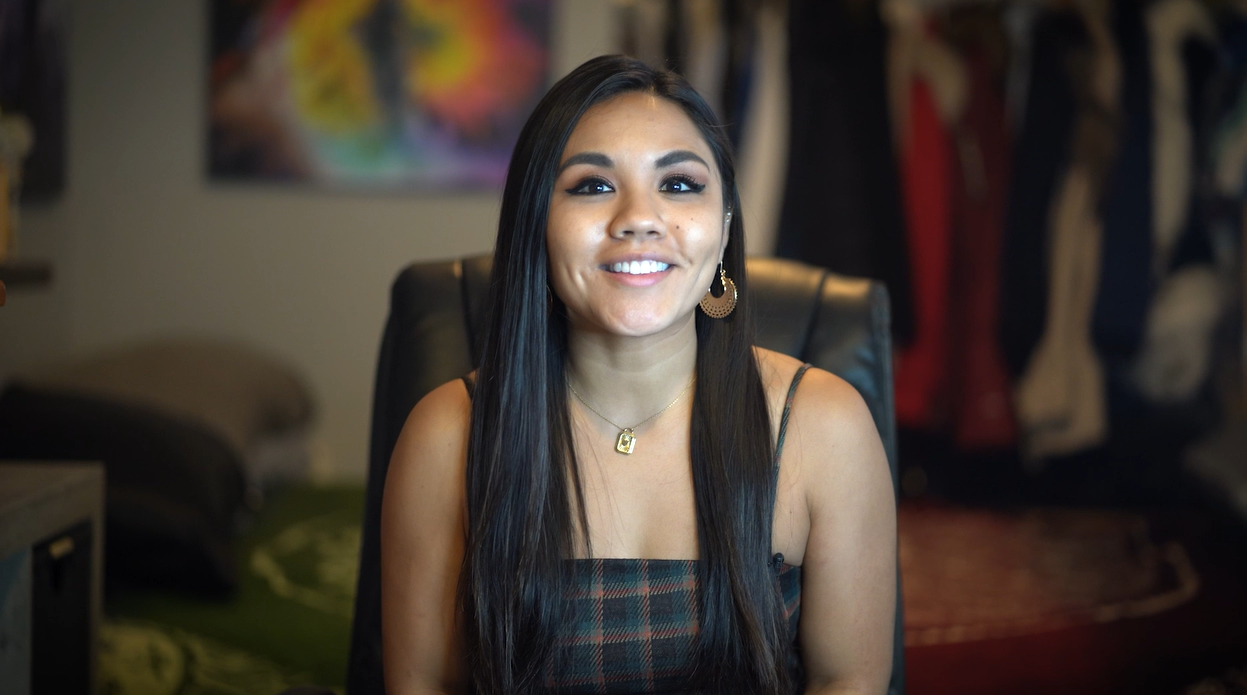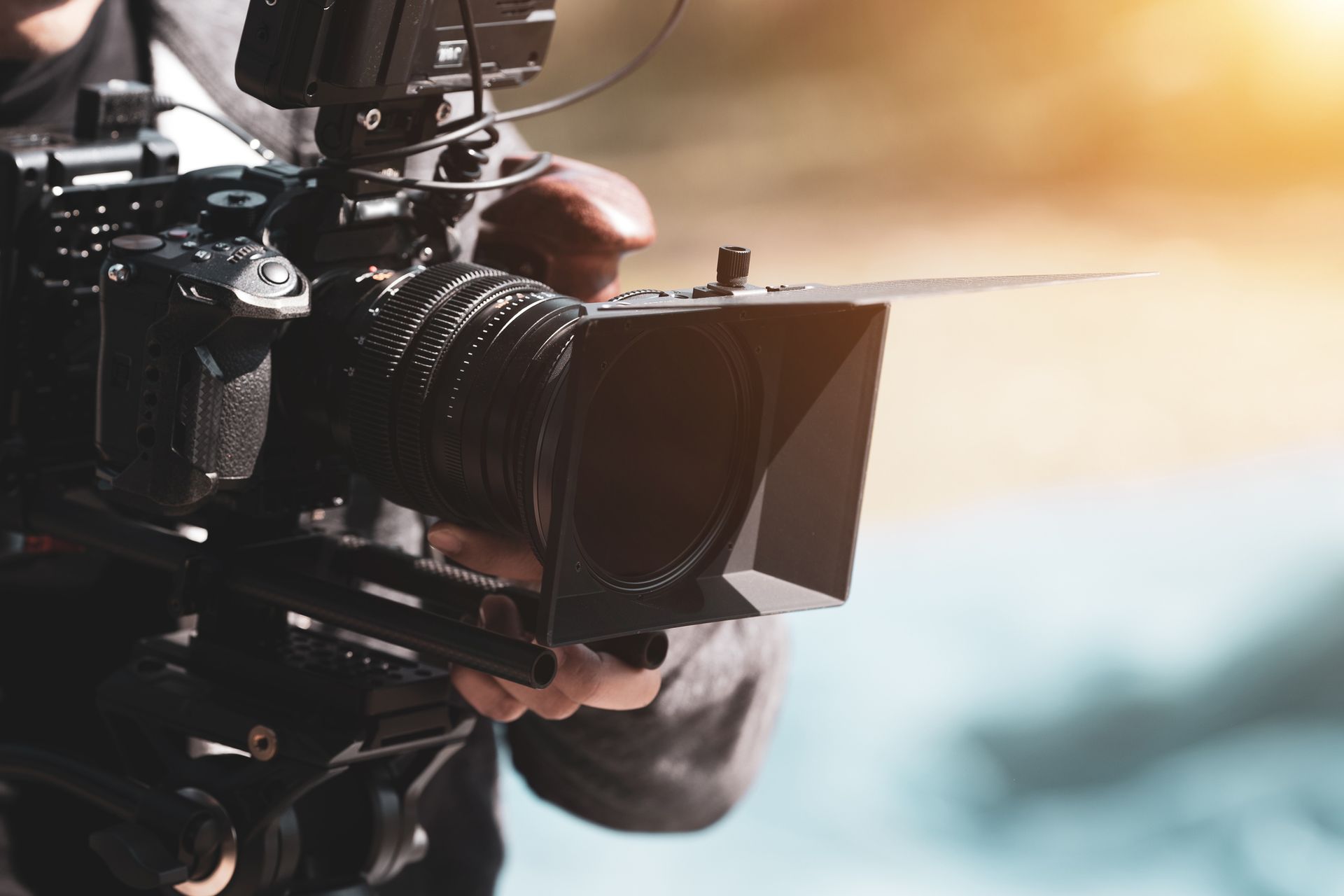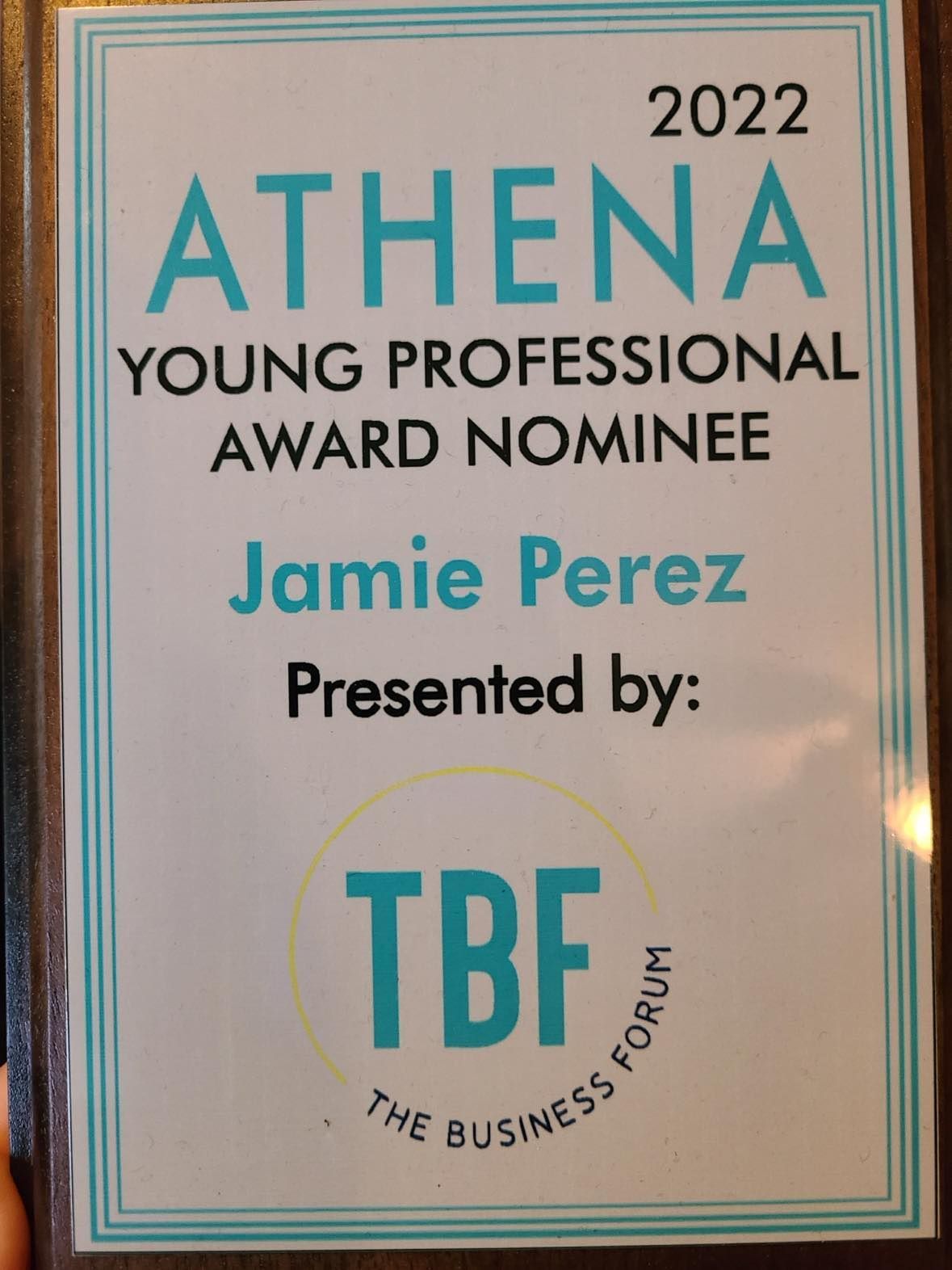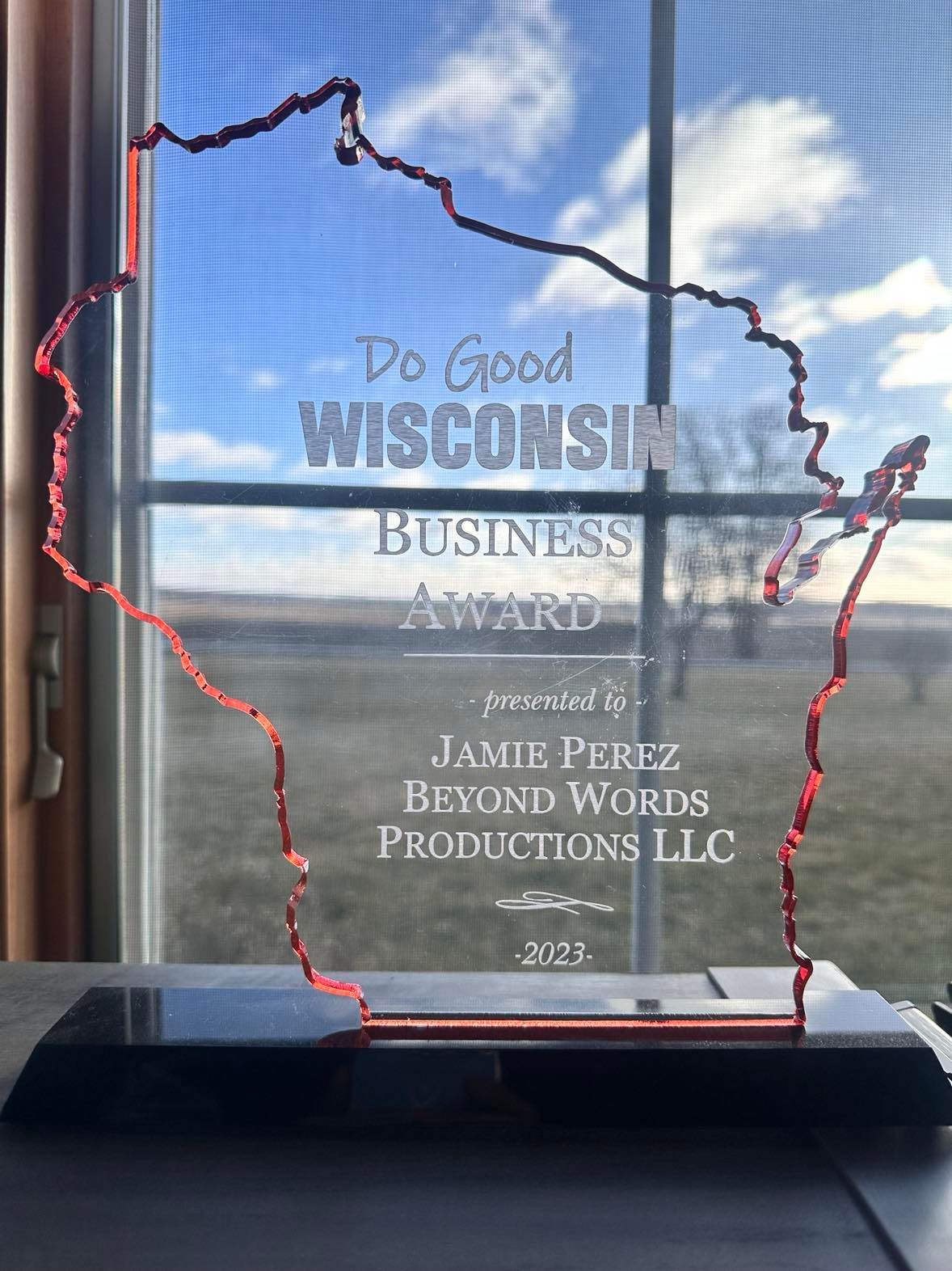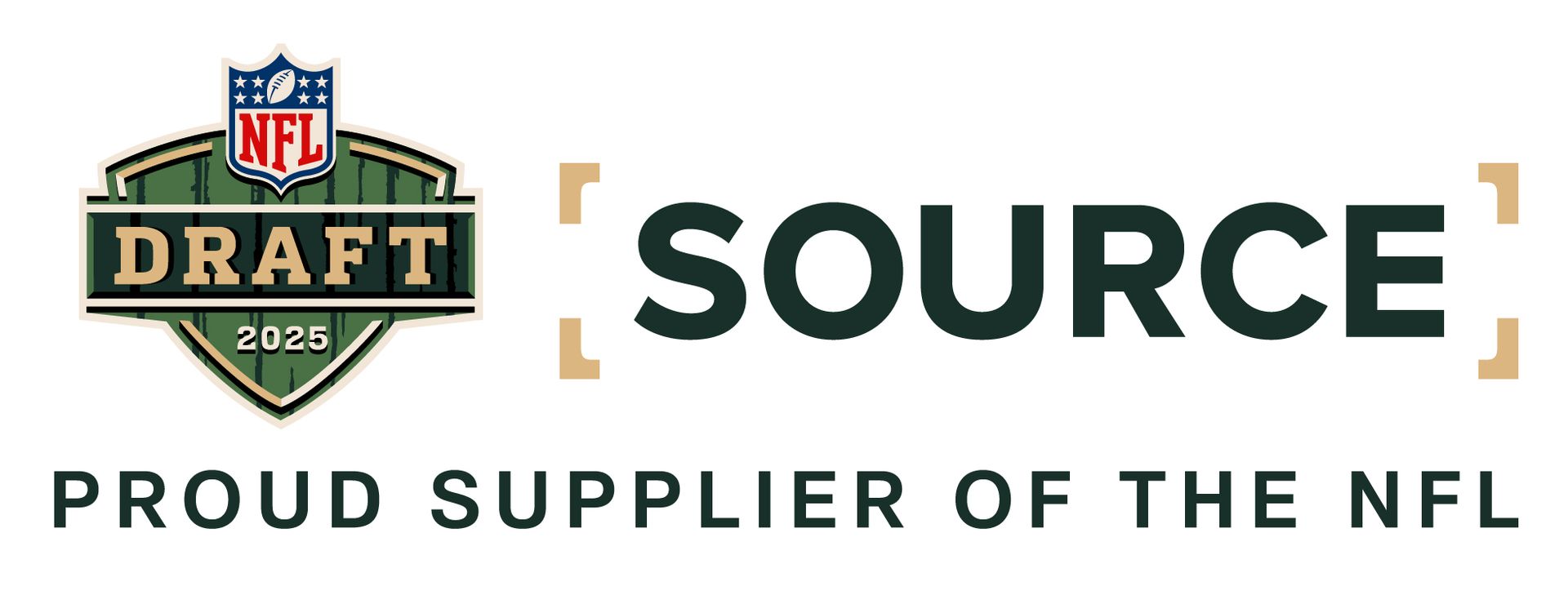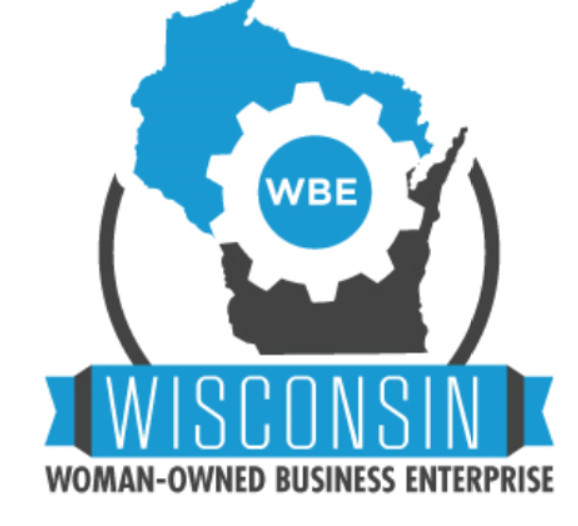Understanding Depth of Field
If you take a look at the screenshots above, you'll notice that one has a background is more in focus than the other. That, my friends, is called depth of field.
What is Depth of Field?
Depth of Field refers to the distance between objects in an image that causes them to look sharp and in focus or blurred and out of focus. Understanding how to manipulate depth of field can allow you to creatively emphasize certain things within your shot.
What influences Depth of Field?
- Distance - The distance between your camera, the subject and the background all play into this. If you are close to your subject with your camera, the background will appear more blurred. If you're shooting from a distance, you'll have greater depth of field.
- Focal length- The focal range of your lens also plays a huge role in achieving a certain depth of field. Longer focal lengths on a lens (600mm) tend to create shallower depth of field. Shorter lenses on the other hand (35mm) provide a deeper depth of field.
- Aperture (F-Stop)- This is the primary factor that influences depth of field. Aperture is measured in f-stops (f/1.8 f/4, f/16). The lower f-number (f/1.8) means your lens has a wider aperture, resulting in a shallow depth of field with a more blurred background. A high f-stop number (f/16), has a smaller aperture meaning more of the scene in the background will be in focus.
Creative uses of depth of field:
- Portrait Photography: This often uses a more shallow depth of field. This method helps draw attention to a person's face rather than what's going on behind them.
- Landscape Photography: A deeper depth of field is preferred in landscapes because you want to be able to see the whole image in focus.
- Macro Photography: When capturing super tight and up close shots, a shallow depth of field will help isolate a tiny subject and make it pop more against the background.
- Storytelling: Both are used effectively here. Interviews can be shot with a shallow depth of field to achieve a cinematic look, while the rest of the b-roll can often have greater depths of field.
Depth of field can be a very versatile aspect of both photos and videos. Both work in different circumstances, depending on the look you're going for. Play around with it and experiment to find out which modes you prefer in different settings.
